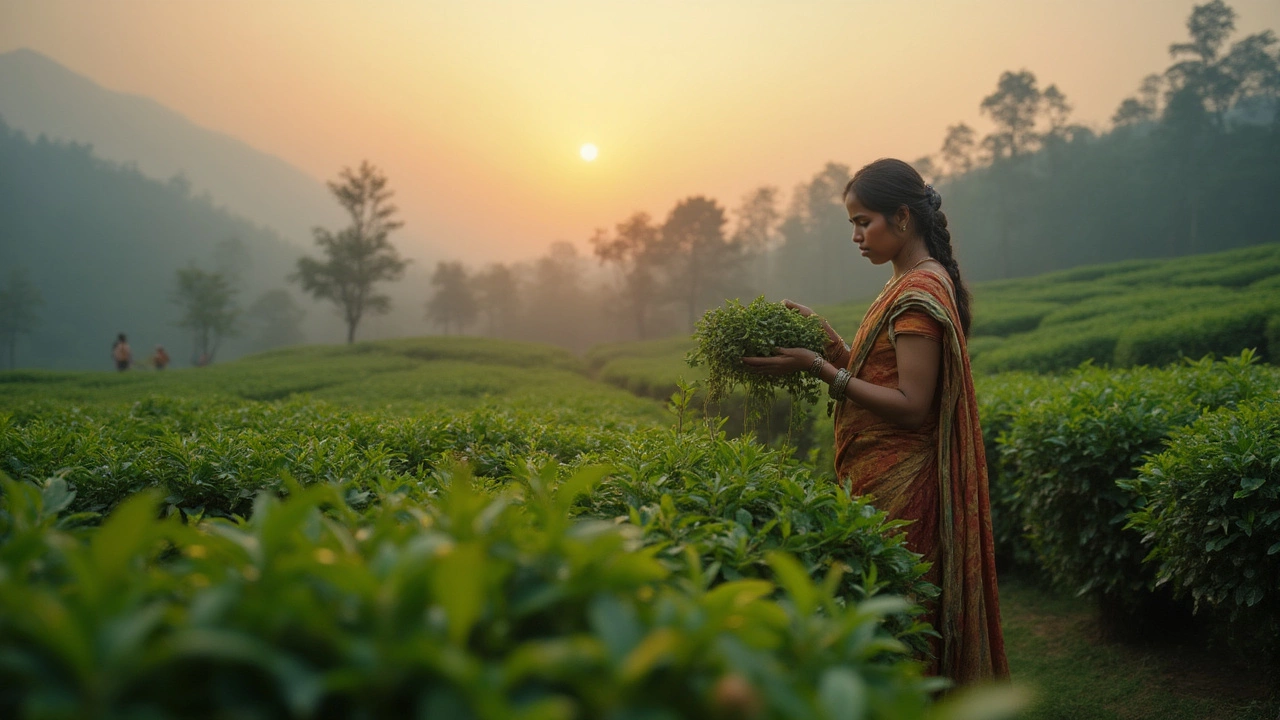
Ever spotted those little tasting spoons lined up beside teacups in a photo, rows of tiny bowls filled with mysterious green, amber, or yellowish brown liquids? Some people actually get paid to sip, swirl, and spit (yes, it’s a spit job) for hours at a stretch. Sounds almost made up, but this is a daily reality for tea tasters. Forget the fluffy stereotypes. Professional tea tasting is a full-time job—and not just for anyone with a fondness for a cuppa. Step into the muted, fragrant world of tea tasting and you’ll find a craft just as rigorous as wine or whisky tasting, loaded with skill, discipline, and very real career prospects.
There are about 2,000 certified tea tasters worldwide, and the demand for their skills is climbing, especially in China, Japan, Sri Lanka, and India—countries where tea is way more than a beverage. One fun fact: some tea tasters in higher positions make more than $50,000 per year, and some get to travel the globe, sampling rare leaves right at the source. Thinking this job is about sitting in a fancy room and getting gently caffeinated? Think again. Get ready to taste the real story.
What Does a Professional Tea Taster Actually Do?
The workday of a tea taster isn’t all sipping and relaxing. Every day can start before dawn, especially during harvest season, in regions like Assam or Darjeeling. Tasters evaluate more than just flavor—they use every one of their senses. First comes the look: dry leaves get checked for shape, size, consistency, dust, or any sign of mold. A high-end loose-leaf oolong looks nothing like a cheap supermarket bagged tea, and a skilled taster will spot those differences instantly. Then there’s the scent—dried leaves might smell grassy, smoky, floral, or earthy. Precision is everything. The taster needs to describe those scents in words everyone in the industry can use: brisk, round, malty, brisk, or flat.
Next, it’s time to actually brew the tea. Preparation methods for tasting are ruthlessly standardized. A typical session uses 2 grams of leaves per 100ml water at boiling temperature, steeped for exactly five minutes—the same protocol used in international tea auctions. Tasters don’t slurp from fancy teacups; they use white porcelain bowls and spittoons just like coffee cuppers or sommeliers. Why? Because you can’t reasonably swallow a hundred brews in one sitting, and because clean white shows the true color of the tea.
It’s tasting, finally: the most important part. Professional tasters use spoons—silver, not gold—because it doesn’t affect flavor. There’s a sharp slurp that pulls in air—this floods the palate and helps push aromas up to the nose, like you do when you taste wine. Tiny sips reveal layers of flavor: astringency, bitterness, sweetness, all rolling across the tongue. Tasters score teas for flavor, body, color, aroma, and aftertaste. Their day-to-day notes help big companies blend consistent batches so your Assam tea tastes exactly the same in every box. Make a bad call, and you might cost the company thousands.
The stakes? High. One UK supermarket chain reportedly rejected a contract worth over £1 million based only on the taster’s recommendation. That’s how much power a keen palate holds.
The Journey: How Do You Become a Tea Taster?
So, how does someone land this unusual career? Most professional tasters start young, especially in traditional tea-producing regions. Some big tea companies and plantations run programs and apprenticeships. Candidates might spend years as assistants, learning to grade leaves, run tea auctions, and taste alongside veterans. There’s no single university degree required, though programs in food science, agricultural science, botany, or even chemistry all help. In India or Sri Lanka, you might find tea tasting diplomas at places like Assam Agricultural University.
There’s even an official test: the "Tea Board India Certification Exam". To pass, you’ll need to identify multiple teas blind and write detailed notes about each sample. Most reputable companies require this or a similar certification. But paper credentials alone don’t cut it. The best tasters hone their senses daily. Over time, you start recognizing the difference between a second flush Darjeeling, a bright Ceylon, or a musty aged Pu-erh with your eyes closed.
If you want to sharpen your sense of smell and taste, some tasters swear by quirky exercises—like sniffing spice racks, chocolate, and even fruits blindfolded. One tip: skip spicy food or strong perfumes before a tasting session. Even a hint of garlic on your breath can throw off perception. Sleep, hydration, and even mood affect your performance. Here’s a trick some Indian tasters use: chew on plain crackers or white bread between sips to ‘reset’ the palate.
Still, it’s not about natural talent alone. The muscle memory from years of slurping means you get better—and faster—at zeroing in on subtle flaws. Think of it like musicians developing an ear for pitch, except your instrument is your palate.
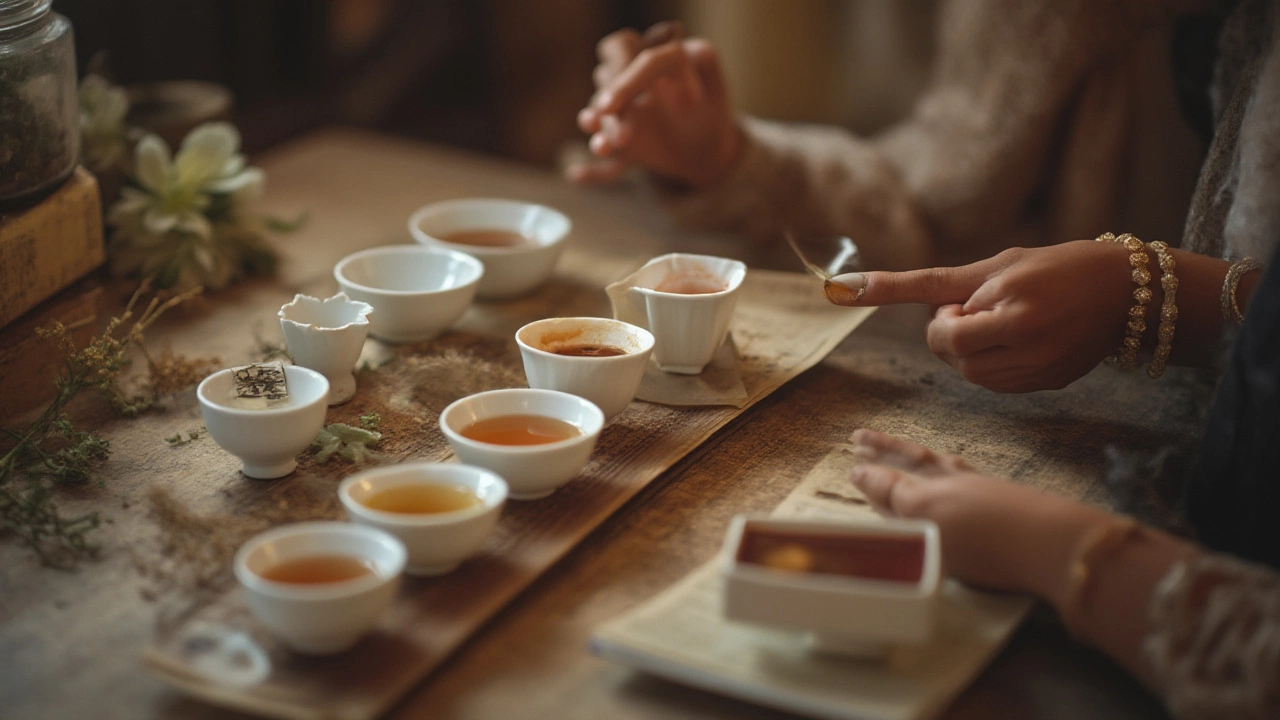
Everyday Life in the Tasting Room: The Good, Bad, and Surprising
The romantic idea of floating through clouds of steam and exotic aromas meets reality pretty quickly. Working tasters might taste hundreds of samples a week during peak season. Some spend so much time in the tasting room, even their hair and clothes can smell faintly of tea. If you’ve ever felt wired from too much caffeine, picture doing this for hours—spitting helps, but a caffeine buzz still happens. That’s why top tasters are so disciplined: there’s a real art to avoiding burnout, palate fatigue, and the occasional stomach upset.
Tasters often keep detailed logs—some write hundreds of tasting notes a day, grading samples against strict industry charts. A classic tasting grid measures briskness, strength, flavor, liquor color, aroma, and leaf appearance. One Sri Lankan taster I met had worked at the same gigantic factory for 25 years and could tell you the name of a regional estate just from one sip. That’s not PR spin; his success was tied to deep memory and pattern recognition, built through sheer repetition. The real surprise? The job isn’t done in isolation. Tasters often work as part of teams, double-checking each other's observations and aligning notes. Consensus helps decide what makes it to market.
| Country | Avg. Salary (USD) | Certified Tasters | Main Tea Produced |
|---|---|---|---|
| India | $17,000 | ~1,200 | Assam, Darjeeling, Nilgiri |
| Sri Lanka | $12,000 | ~350 | Ceylon |
| Japan | $42,000 | ~250 | Sencha, Matcha |
| China | $38,000 | ~200 | Longjing, Pu-erh, Oolong |
You probably wouldn’t guess that insurance companies in China and India offer special eye coverage for tasters—one of the unspoken hazards of staring for hours at wet tea leaves and fine print. Another quirky fact: a few rare senior tasters have their taste buds insured for hundreds of thousands of dollars by the companies that employ them. When disaster strikes (say, an accident or illness (knock on wood)), that policy can be a career-saver.
What keeps people in the profession? Many describe it as addictive, comforting, meaningful—even spiritual. As U.S. tea importer Dan Robertson put it:
“Each cup is a new adventure. I find myself chasing nuance every day, and the more I learn, the more I realize how much there’s left to discover.”
There’s deep pride in being the bridge between the field and your morning mug. If you’re obsessed with detail and up for a challenge, this isn’t just a job—it’s a calling.
Tips for Aspiring Tea Tasters (and Curious Drinkers)
If you’ve read this far and you’re thinking, "I want in!"—here are a few practical places to start. Begin by tasting as many teas as you can, and not just from supermarket shelves. Pick up loose-leaf samples from reputable tea shops (or better, order direct from trusted growers online). Brew two types side-by-side, using a scale for precision, and notice the differences. Write down flavors and mouthfeel, using actual words, not just ‘good’ or ‘bad.’
- Invest in a basic tasting kit: white porcelain mugs, a silver (or stainless steel) spoon, and filtered water.
- Stick to a consistent brewing method—try 2g tea per 100ml water at just off the boil, steeped for 3–5 minutes.
- Start a tasting journal. Note the dry leaf look and smell, the brewed color and aroma, the flavor and finish.
- Taste with others if you can. The debate hones your skills and helps recalibrate your palate.
- Try cupping teas blind, so bias doesn’t cloud your judgment.
- Train your sense of smell: keep jars of herbs, spices, woods, and even florals for reference gives you anchors for description.
- Learn industry language. Words like brisk, clean, round, nutty, or sappy mean specific things. Industry standards come from the ISO 3103 protocol for tea preparation and tasting.
- Stay hydrated. Caffeine dehydrates, so water is your friend.
- Eat something bland before tasting—nothing spicy, garlicky, or minty.
Want formal training? The UK Tea Academy runs courses for beginner to advanced, including “Tea Taster” certificates. India’s Tea Research Association, and the Tea Board Malaysia, also run short courses. There’s even a formal international contest each year—the Global Tea Championship—so skilled tasters can prove their mettle on the world stage.
For curious sippers, even a bit of structured tasting opens up a whole new world. You’ll spot the difference between a brisk, sharp Ceylon, a savory Japanese sencha, or a malty, full-bodied Assam. Not to mention, understanding what’s in your cup makes you better at picking teas and dodging the duds.
So, is tea tasting a job? Absolutely, and then some. It’s hidden in plain sight behind every reliable box and every memorable cup you’ve had. It’s a world worth tasting for yourself—one slurp at a time.
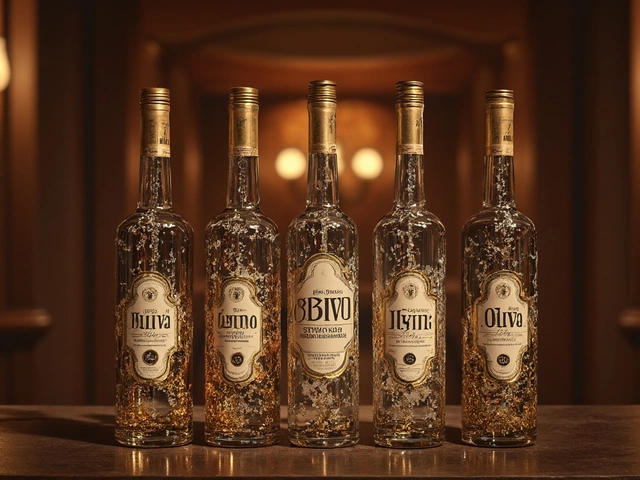

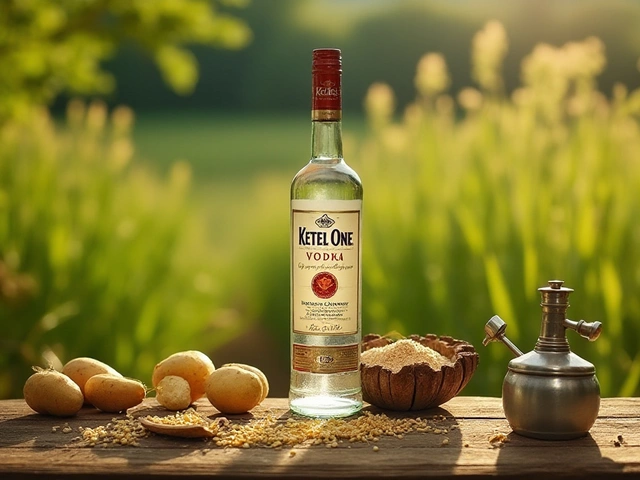
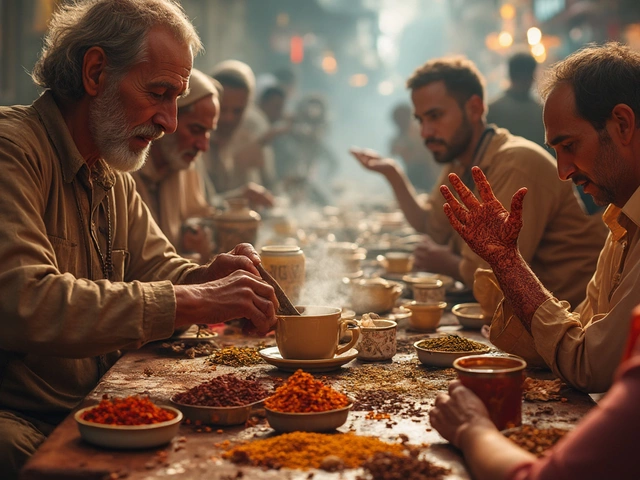

Categories